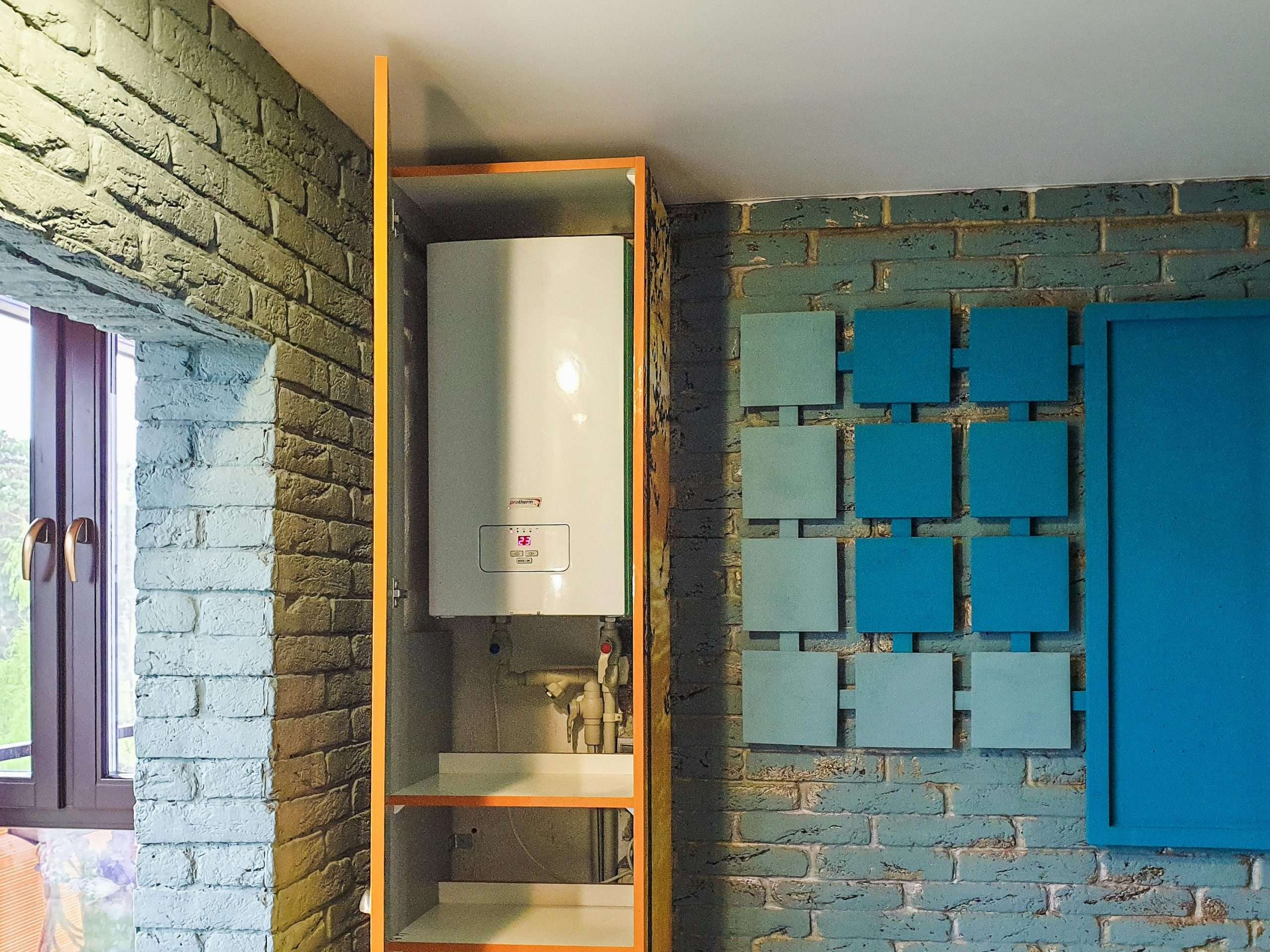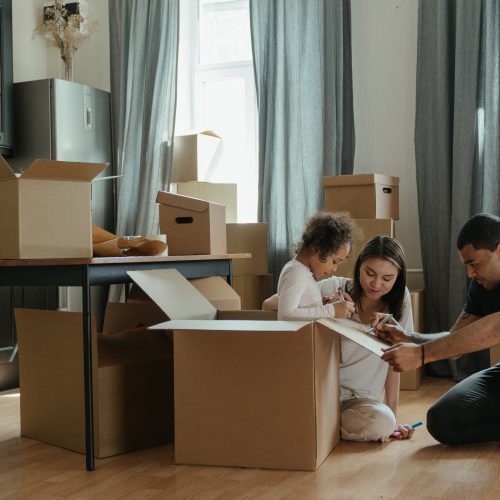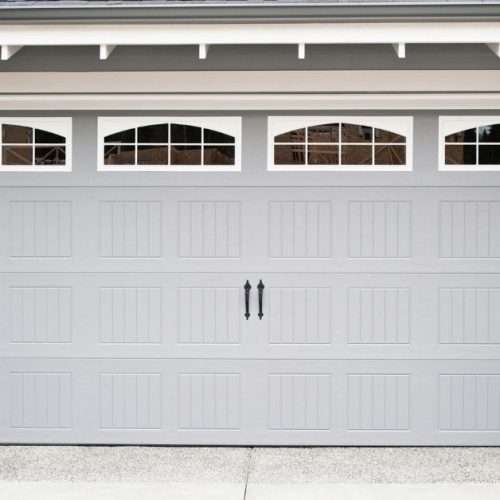Every homeowner knows that a well-maintained house is the key to a peaceful life. Among the various aspects of home maintenance, plumbing holds a crucial spot. Small, nagging plumbing issues might seem trivial at first—just a dripping tap here or a slow drain there. However, left unattended, these minor problems can accumulate and evolve into significant, costly repairs that disrupt your daily life.
The trick is to catch these issues early and deal with them promptly, ensuring your plumbing system remains in top shape, saving you from future headaches and expenses.
1. Leaky Faucets
A leaky faucet is not just a source of irritation with its constant dripping sound; it’s also a wasteful culprit contributing to higher water bills. Typically, the cause of the drip is a worn-out washer or a failing O-ring—small parts within the faucet that can be easily replaced. To tackle this problem, first, make sure you turn off the water supply to the faucet. Remove the handle and replace the old washer with a new one that matches the size and type. This is a simple fix that can be a DIY project for many. If the problem persists, it might be time to call a professional plumber to avoid further damage or incorrect installation.
2. Water Heater Issues
Common issues with water heaters include sediment build-up in the tank, which reduces the heater’s efficiency, and faults in the thermostat or the heating element. Regular flushing of the tank can prevent sediment from affecting performance. If your water heater fails to heat, checking the pilot light (for gas heaters) or circuit breaker (for electric heaters) might be a good start.
However, if these steps don’t solve the problem, call in a professional for your water heater repair needs.
3. Clogged Drains
Clogged drains are one of the most common household plumbing problems. Whether it’s hair in the bathroom sink or food scraps in the kitchen drain, blockages can prevent water from flowing smoothly. You can often remedy this problem with a plunger or a plumber’s snake. For kitchen drains, avoid pouring grease or coffee grounds down the sink, and use a drain catcher to minimize clogging. If the clog persists after you’ve tried these methods, it might indicate a deeper blockage that requires professional attention.
4. Running Toilets
A running toilet and other household leaks can waste up to 180 gallons of water per week, which not only impacts the environment but also your utility bill. This issue often arises from a flapper valve that doesn’t seal properly, an imbalanced float, or a fill tube problem. You can usually fix these issues yourself by adjusting the float to ensure the water stops filling at the correct level or replacing the flapper if it’s worn out. These fixes are cost-effective and can prevent more significant issues down the line.
5. Low Water Pressure
Low water pressure makes everyday tasks like washing dishes or taking a shower frustrating. It can be due to a variety of reasons, including pipe corrosion, sediment build-up in aerators, or even issues originating from the municipal water supply. Start by cleaning the aerators on your faucets; this can often restore water pressure if the problem is localized. If you’re unsure how to do this a drain cleaning service can help. If the problem persists throughout the house, it might be a signal of more extensive plumbing issues, such as corroded pipes, which would require a professional plumber’s assessment.
6. Leaky Pipes
Leaky pipes can stealthily wreak havoc on your home, causing water damage and hiking up your water bills. Early signs of leaks include unexpected increases in your water bill, mold growth, or musty smells in certain areas of your home. It’s crucial to check under sinks, around exposed pipes in basements, and in bathroom cabinets. If you spot a leak, shutting off the water supply can prevent further damage until you can get a plumber to make a permanent fix. Regular inspections of pipes for signs of corrosion or damage can also help prevent leaks before they start.
7. Sewer System Backup
A sewer system backup is one of the most dreaded plumbing problems. It’s not only unpleasant but can also pose serious health risks and lead to significant property damage. Common signs include multiple clogged drains, gurgling toilets, and foul smells emanating from drains. Such backups may be caused by tree roots invading sewer lines, clogged or collapsed sewer lines, or even problems with the municipal sewer system. Preventive measures include installing a backwater prevention valve or regularly cleaning your main sewer line. However, due to the complexity and health risks associated with sewer backups, this problem almost certainly requires the expertise of a professional.
8. Jammed Garbage Disposal
Garbage disposals are handy kitchen tools but can become jammed when used improperly. Common culprits include disposing of fibrous materials like celery stalks, banana peels, or coffee grounds, and running the disposal without sufficient water. If your disposal is jammed, you should first turn it off and disconnect the power. You can then try to manually turn the blades with an Allen wrench to dislodge the blockage. To prevent future issues, run plenty of water while the disposal is on and avoid disposing of problematic substances. Regular maintenance can keep your disposal running smoothly for years.
9. Sump Pump Failure
The sump pump is your basement’s defense against flooding, especially during heavy rainfall. Failure can lead to a wet basement and the potential for water damage and mold growth. Common reasons for sump pump failure include stuck switches, a clogged inlet screen, or a power outage. Regular testing and cleaning, installing a battery backup, and checking for proper operation before the rainy season can greatly reduce the risk of failure.
One issue to be aware of is the sump pump check valve, which can sometimes become faulty or blocked, leading to ineffective water removal. Regular inspection of this component can help prevent unexpected flooding and maintain the efficiency of your sump pump system.
If problems persist, consulting with a professional to assess whether the sump pump needs replacement is a wise decision. A professional basement sump pump installation can help you avoid common installation mistakes that could lead to system failure. Proper installation is key to a reliable sump pump that will protect your basement from water damage for years to come.
Conclusion
Dealing with plumbing issues is an integral part of maintaining a healthy, functional home. The key to managing these problems is prevention and timely intervention. Regularly inspecting your plumbing system and addressing small issues promptly can save you from the stress and high costs associated with major repairs. If you’re ever in doubt about the severity of a problem or how to fix it, don’t hesitate to call a professional. By staying informed and proactive about common plumbing issues, you can ensure that your home remains a comfortable and safe space for you and your family. Remember, a little attention goes a long way in preventing the disruptive and costly consequences of neglected plumbing maintenance.








